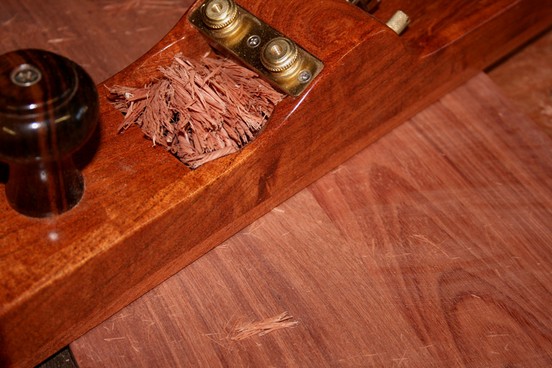Hi all
Just thought i'd canvass some opinion. I have a bedroom furniture set to make, and was wondering how others overcome tearout when planing differing grain directions on panels glued up from several boards?
The last set I had caused me a real headache - both a bench plane with 15deg back bevel and a HNT Gordon smoother caused tearout. I eventually resorted to a 112 scraper plane. But it was hard work (to remove the deep tearout).
Cheers
Karl
Just thought i'd canvass some opinion. I have a bedroom furniture set to make, and was wondering how others overcome tearout when planing differing grain directions on panels glued up from several boards?
The last set I had caused me a real headache - both a bench plane with 15deg back bevel and a HNT Gordon smoother caused tearout. I eventually resorted to a 112 scraper plane. But it was hard work (to remove the deep tearout).
Cheers
Karl

































